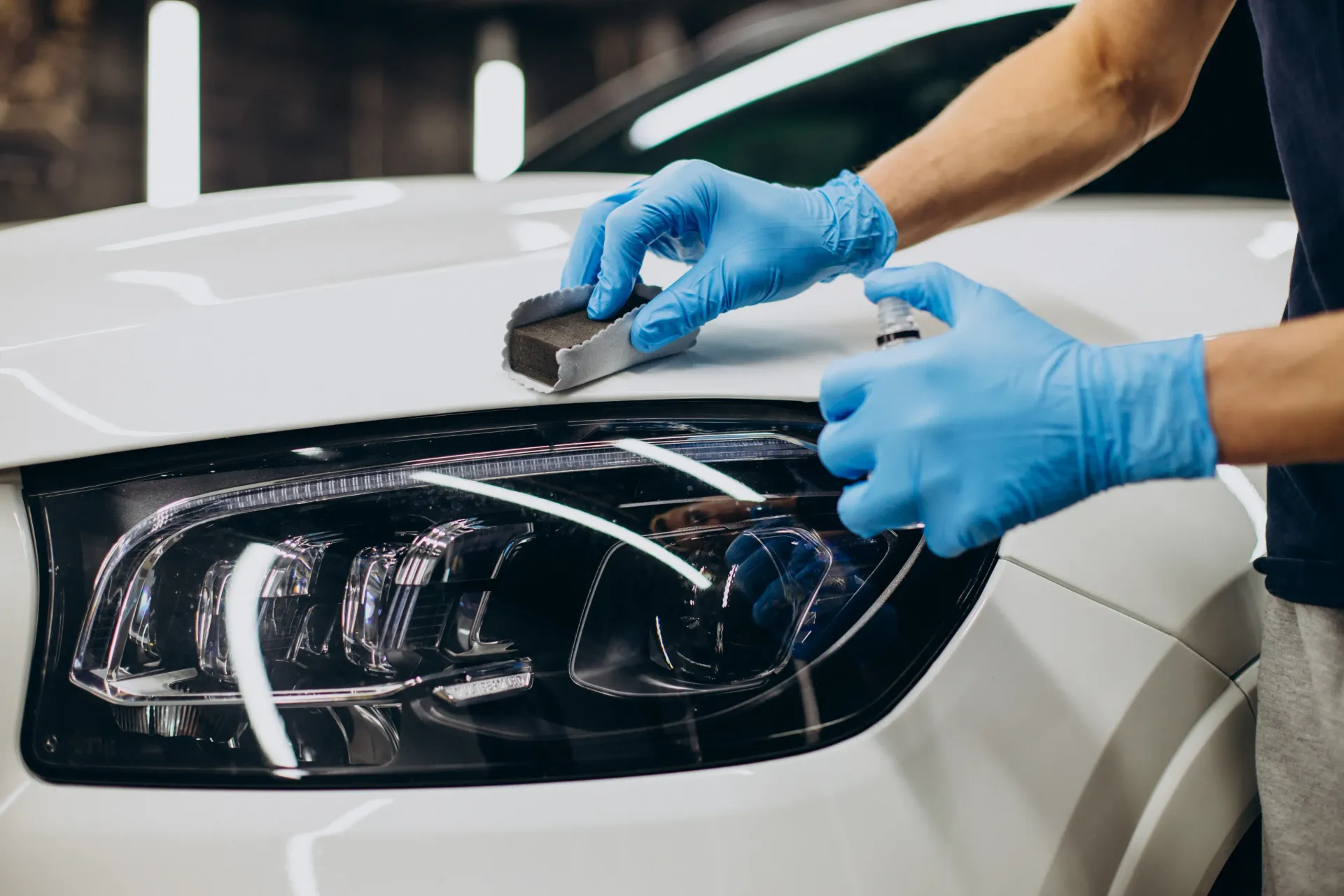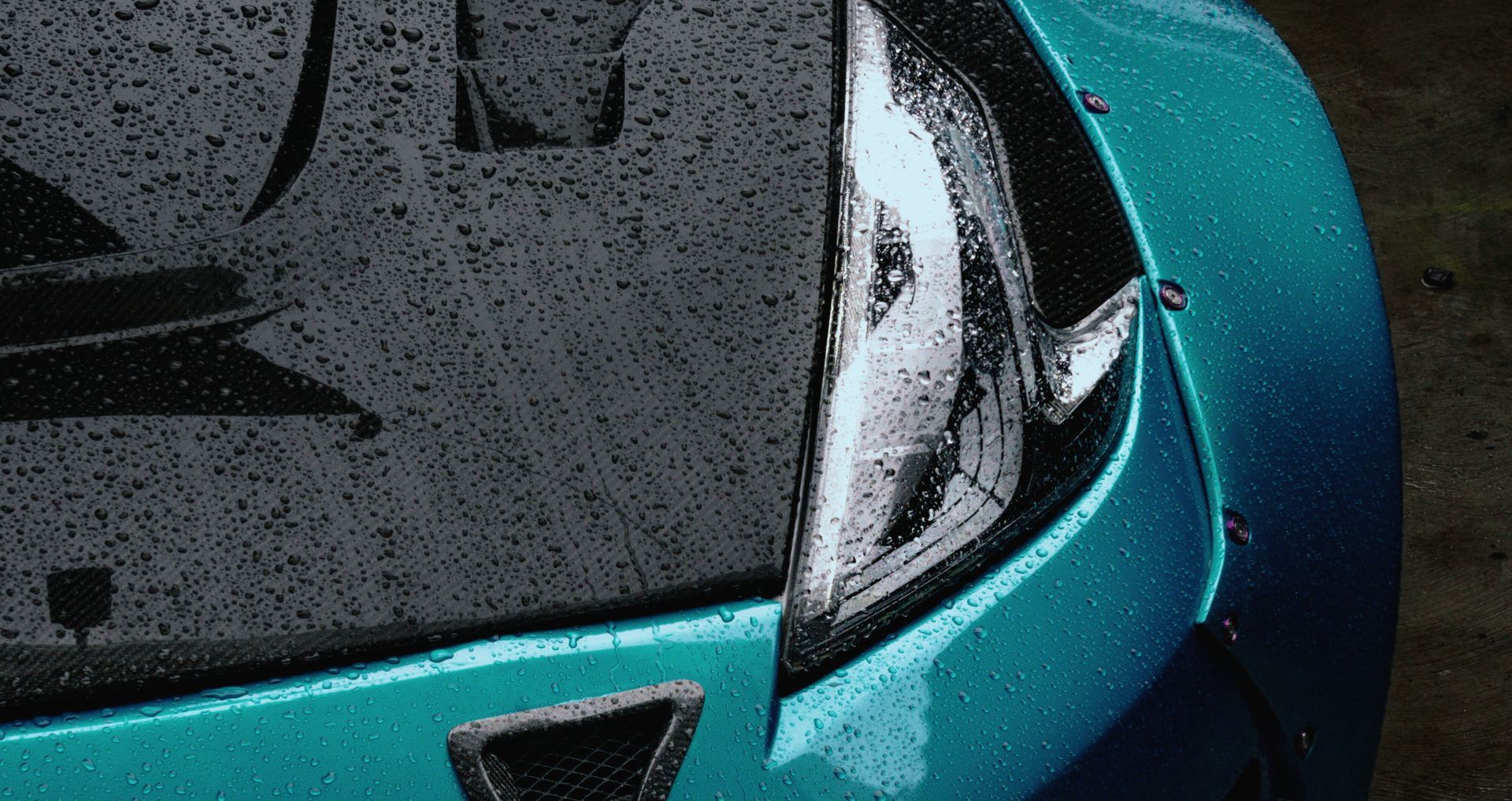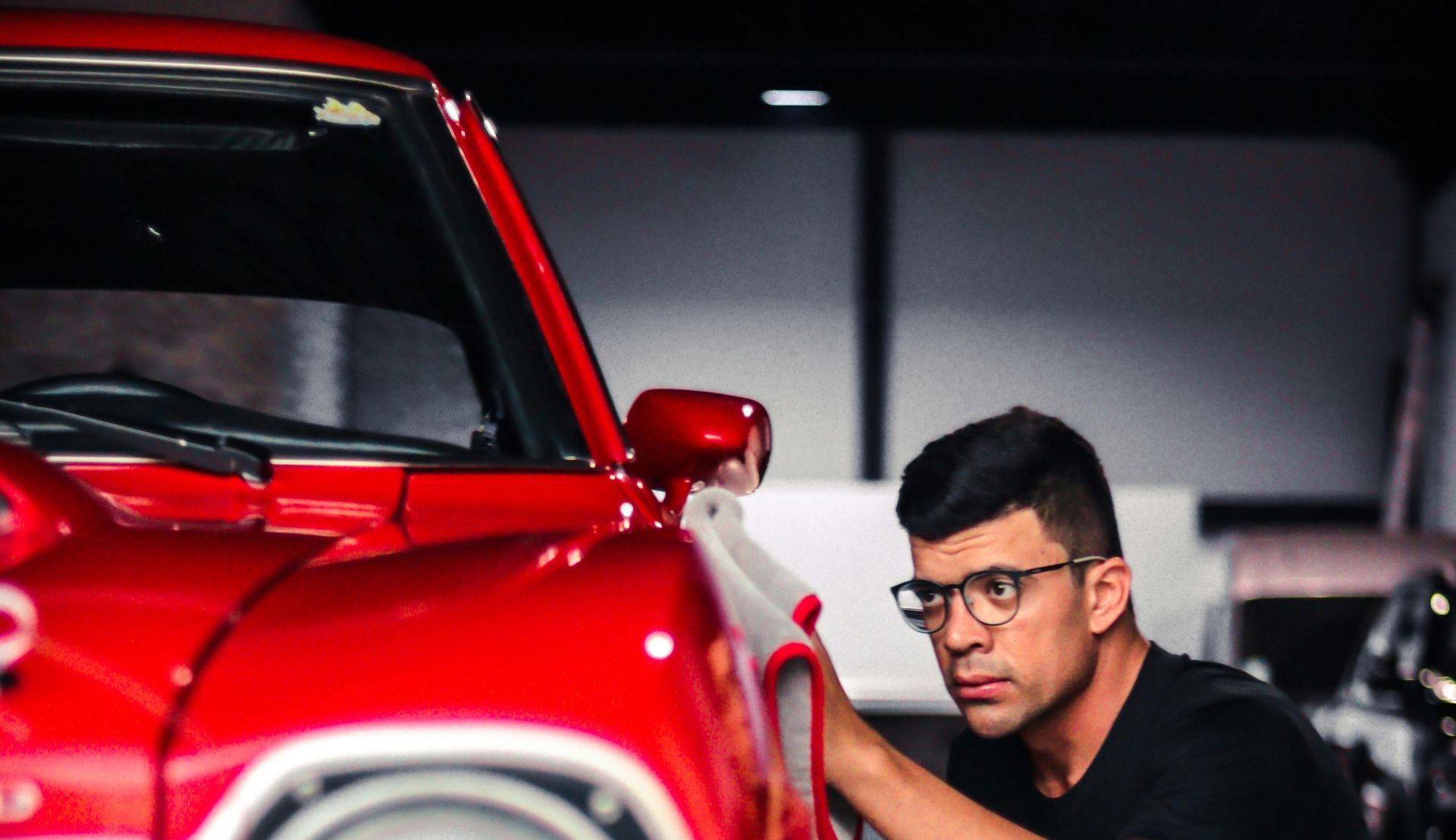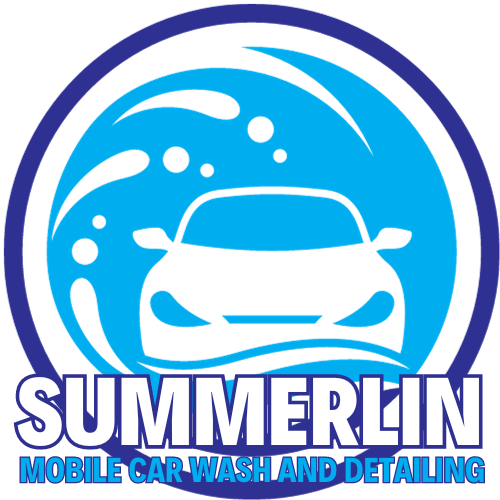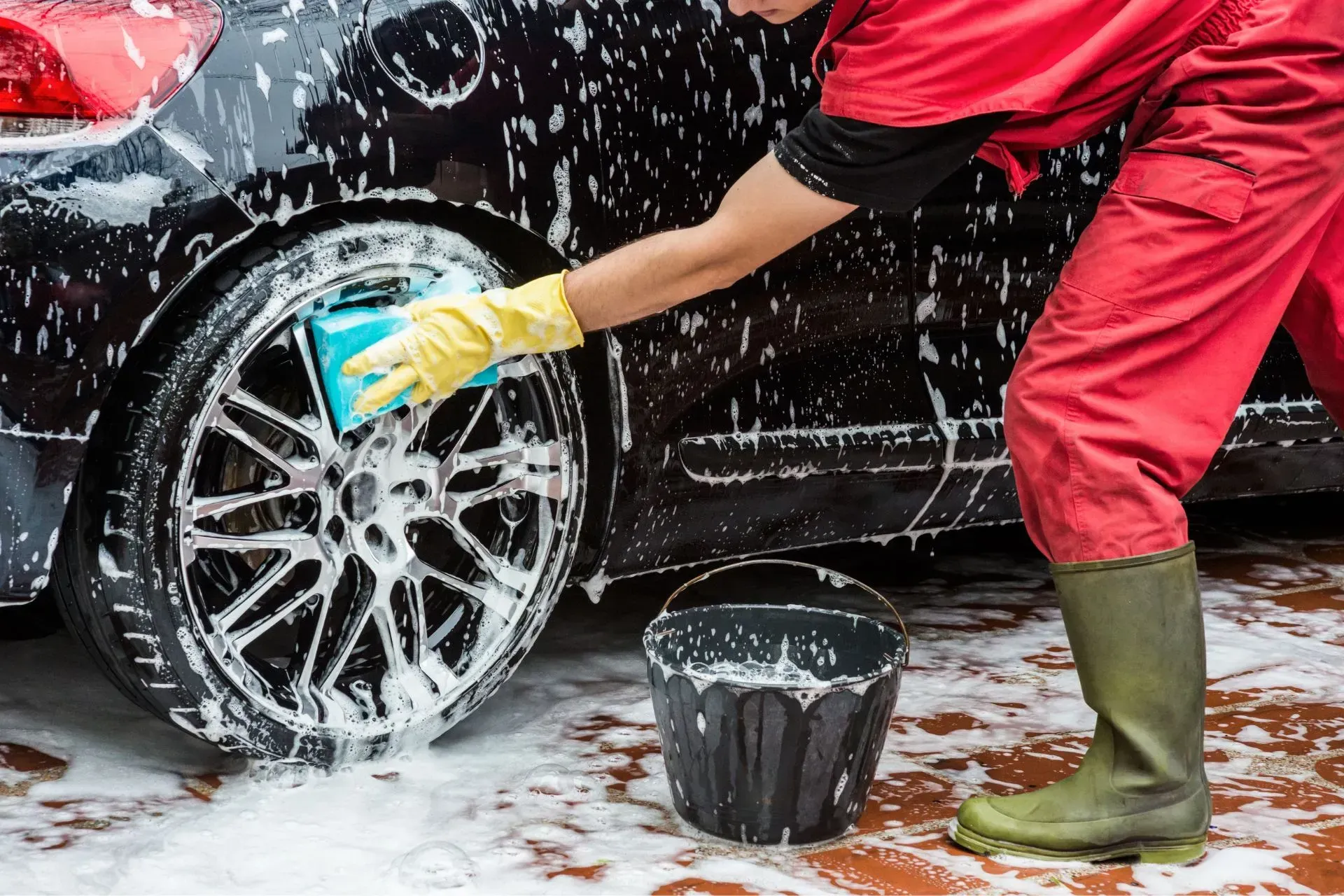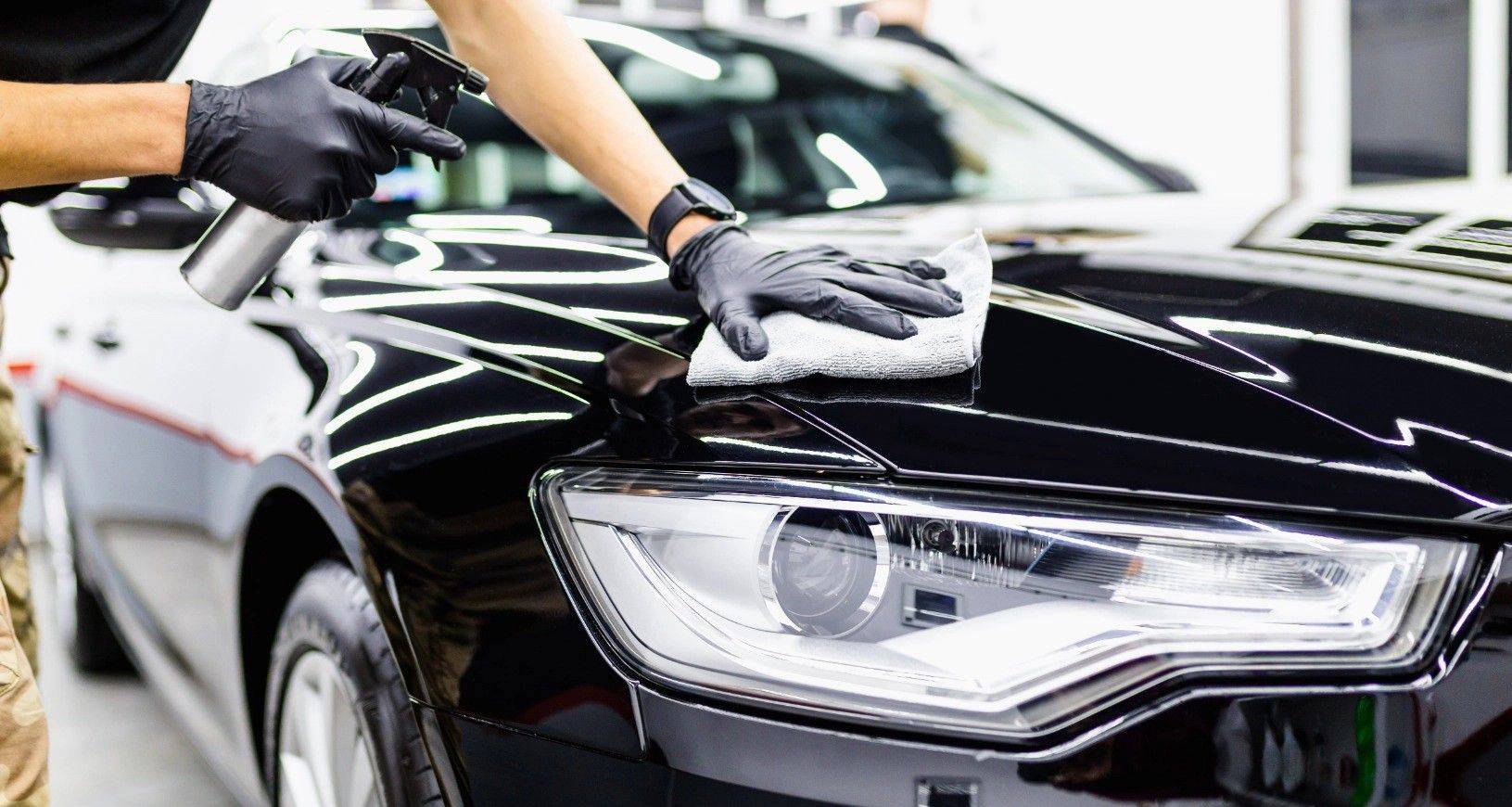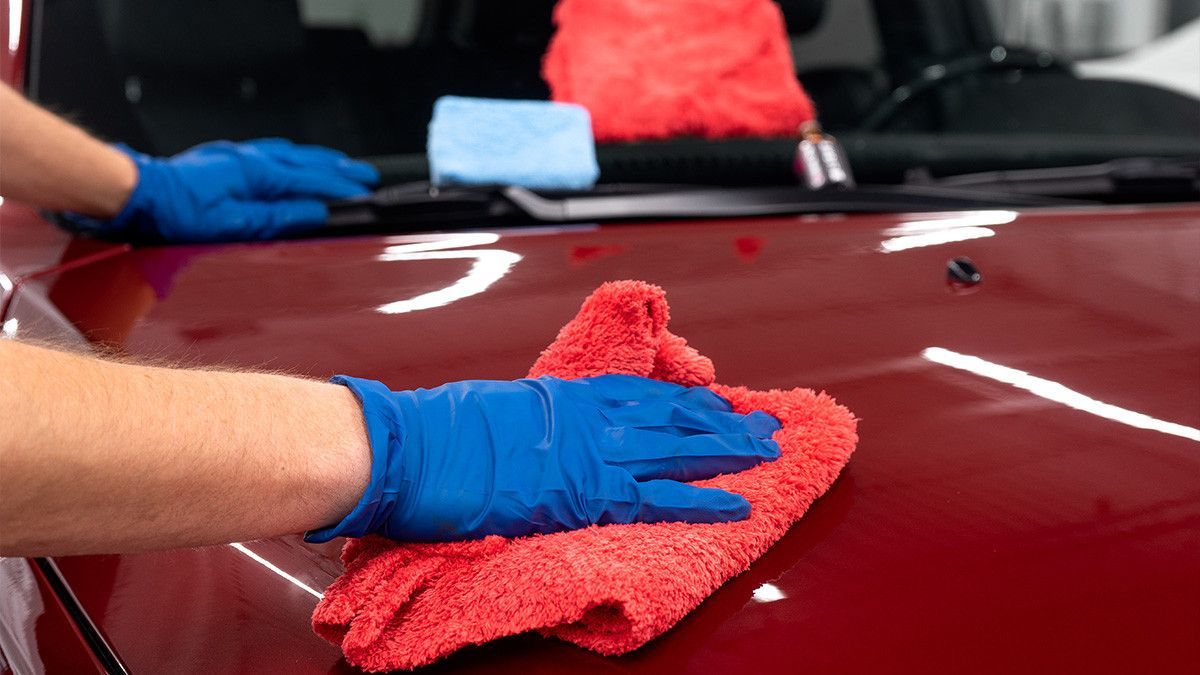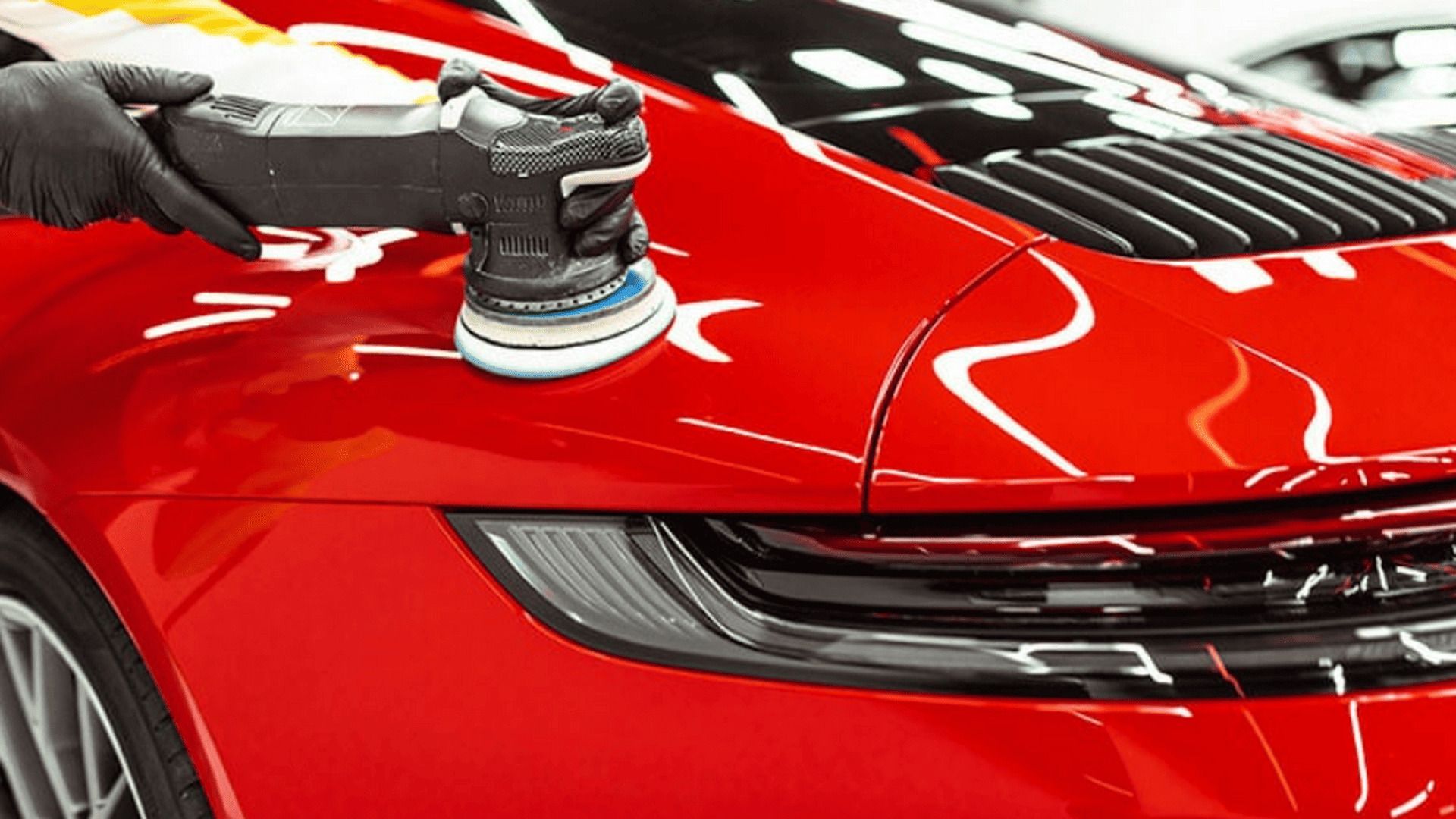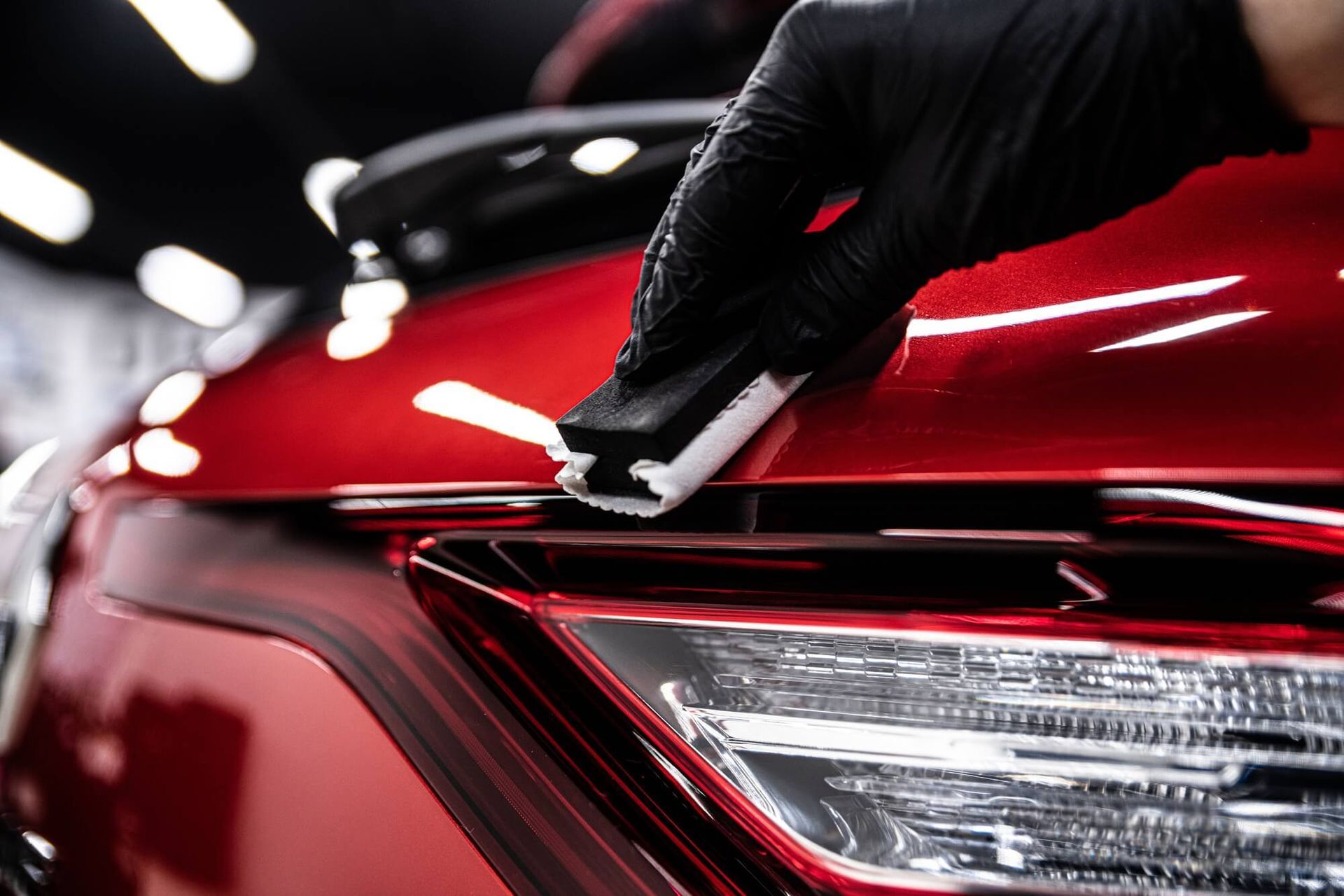Car Water Spots Explained: Causes, Fixes, and Prevention
Water spots on your vehicle are more than just unsightly—they can be destructive. These marks, typically round or irregularly shaped, often result from minerals, pollutants, or acidic compounds left behind after water evaporates. From your paint to your windshield, these stains can etch permanently into surfaces, especially under the scorching sun.
Understanding the root causes and the different types of water spots helps you choose the right fix and prevent them in the future. Whether you're a weekend car enthusiast or rely on a professional Mobile Detailing Service, this guide lays out everything you need to know.
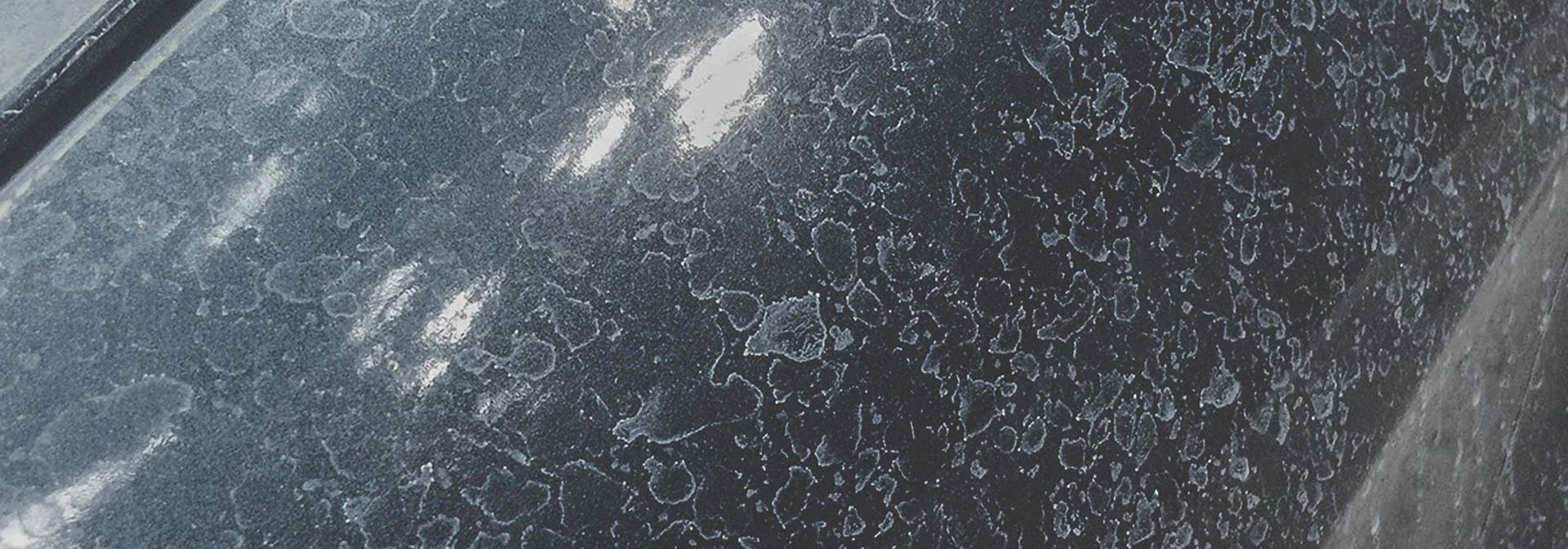
What Are Car Water Spots?
Car water spots are mineral deposits left on surfaces after water evaporates. They’re often mistaken for dirt but are much trickier to clean. These blemishes vary in size and intensity, depending on the water source and environmental conditions.
They typically appear on horizontal surfaces like the hood, roof, and trunk where water tends to settle. Over time, they can become more stubborn, especially if left untreated.
Why Water Spots Form on Cars
Water spots don’t form by accident. Several everyday factors contribute to them:
- Evaporation: After rainfall or a rinse, leftover droplets evaporate, leaving behind minerals.
- Hard Water Use: Water with high calcium or magnesium content increases the risk.
- Heat: When sun hits your wet car, water evaporates faster, accelerating spot formation.
Understanding these mechanisms helps you better prepare and protect your vehicle.
Types of Water Spots on Vehicles
Not all water spots are created equal. There are three distinct types:
- Type I: Mineral Spots – These are caused by hard water, leaving visible white rings.
- Type II: Etching Spots – Caused by prolonged exposure, often leading to paint damage.
- Type III: Bonded Contaminants – Not just water-based; may include pollutants or acid rain.
Each type requires a different approach for safe removal.
Hard Water and Minerals
Hard water is notorious for leaving chalky residues. It contains dissolved minerals such as calcium, magnesium, and sometimes iron. When these minerals settle on your car, they bond with the paintwork as the water evaporates.
To combat this, always rinse with distilled or deionized water when possible. If that’s not an option, consider installing a water softener or using filtered water for car washes.
Acid Rain and Environmental Pollutants
Acid rain is another silent offender. It forms when industrial pollutants mix with atmospheric moisture. After drying on your car’s surface, it doesn’t just leave behind a water spot—it etches into the clear coat and sometimes even the base paint layer.
The best protection? Apply a ceramic coating or high-quality sealant to create a chemical-resistant barrier.
Improper Car Washing
Ironically, washing your car the wrong way causes water spots too. Common mistakes include:
- Letting the car air-dry
- Using hard hose water
- Washing under direct sunlight
Proper car care methods and tools make a huge difference in maintaining a spot-free shine.
Parking Under Trees or Near Sprinklers
Tree sap, bird droppings, and sprinkler systems all play a role. Sprinklers use untreated municipal water which often contains chlorine, calcium, and other minerals. Combine that with direct sunlight, and you’ve got a recipe for deep water etching.
Choose shaded areas or garages when parking, and avoid proximity to automated sprinklers.
Paint Discoloration from Water Spots
Water spots don't just sit on top—they oxidize and penetrate the surface. Over time, your car’s paint may start to look dull or patchy. Light-colored vehicles often show this damage more visibly.
To restore the finish, polishing with a mild compound may be necessary, but frequent treatment weakens the paint. Prevention is key.
Clear Coat Degradation
The clear coat is your paint’s last line of defense. Water spots can eat into this transparent layer, reducing UV protection and making your paint prone to fading. Over time, the clear coat can peel or become rough to the touch.
Sealants, wax, and ceramic coatings can restore and reinforce this layer, extending your car's lifespan.
Permanent Etching on Glass and Paint
When left untreated, water spots can permanently etch into the windshield or mirrors, impairing visibility. This is not just a cosmetic issue—it’s a safety hazard, especially when driving at night or in heavy rain.
Glass-specific polish or water spot removers are essential for restoring visibility.
Visual Inspection Techniques
Spotting the damage early is half the battle won. Here's how:
- Step into the light: Use a bright LED or detailing lamp.
- Check angles: Tilt your head and observe reflections.
- Feel the surface: If it feels gritty, the minerals have bonded.
Regular inspections help nip problems in the bud.
Quick Detailer Sprays for Light Water Spots
For fresh or light water spots, a quality quick detailer can dissolve and lift minerals before they harden. Simply spray and wipe using a clean microfiber towel. It's fast, easy, and great for maintenance between washes.
However, this only works on fresh spots—not etched ones.
Vinegar and Distilled Water Solutions
Vinegar contains acetic acid, which breaks down alkaline mineral residues. Mix one part vinegar with one part distilled water and apply it using a microfiber cloth. Allow it to dwell for a few minutes before wiping off.
Always rinse the area thoroughly afterward to prevent paint damage.
Clay Bar Treatment
Clay bars are excellent for removing bonded contaminants. Lubricate the surface with a detailer spray, then gently glide the clay across the surface. You’ll feel the surface smoothen as it removes grime and water deposits.
Clay won’t fix etching but is perfect before polishing.
Polishing and Compounding
For stubborn etching, you’ll need abrasive correction. A light polish can restore minor damage, while a compound may be necessary for deeper issues. This process involves removing a microscopic layer of paint to expose a smooth surface.
If you're not experienced, consider hiring a Mobile Detailing Service to prevent overcorrection.
Using Baking Soda Paste
Baking soda is a mild abrasive. Mix it with water to form a paste, then gently rub it over the water spot using a microfiber pad. Rinse thoroughly. This technique works best for isolated spots, not large surfaces.
Two-Bucket Washing Method
This tried-and-tested method uses two buckets: one for soapy water and another for rinsing your mitt. It prevents re-depositing dirt onto the paint, reducing the risk of scratches and minimizing water spot formation.
Applying Wax or Sealants
Protective layers like wax and paint sealants create a hydrophobic surface. Water beads and rolls off instead of pooling and evaporating. Reapply every 2-3 months for best results.
Ceramic Coatings for Long-Term Protection
Ceramic coatings offer unmatched protection against water spots. They form a semi-permanent layer that resists UV rays, chemicals, and water. Although pricey upfront, they drastically reduce maintenance needs.
All About Sprinkler Damage
Sprinklers spray untreated water that evaporates quickly, especially under sunlight. The result? White rings and hard deposits. Wipe your car immediately if hit, or wash thoroughly the same day.
Water Spots in Summer
Hot surfaces accelerate evaporation, increasing spot severity. Always wash your car early in the morning or late in the afternoon. Never in direct sunlight!
Can Car Covers Help Prevent Water Spots?
Covers protect from rain and sprinklers, but they must be breathable. Non-breathable covers trap moisture, ironically leading to—you guessed it—water spots.
Choosing the Right Detailing Service
A professional Mobile Detailing Service understands how to treat water spots without damaging the paint. They also offer services like clay bar treatments, polishing, and ceramic coatings—all from the comfort of your driveway.
Contact a Specialist for Water Spot Removal
If DIY methods aren’t working or the spots have etched in too deep, it’s time to Contact a specialist. It’s safer, quicker, and more effective.
FAQs About Water Spots
Can vinegar damage my paint?
Yes, if left too long. Always rinse thoroughly after application.
Are all water spots removable?
No, etched or bonded spots may require polishing or repainting.
Is distilled water better for car washing?
Absolutely. It prevents mineral deposits.
Can water spots cause rust?
Not directly, but they can degrade protective layers, leading to oxidation.
Are glass and paint treated the same way?
No. Glass requires specialized polishes to avoid scratching.
Is DIY water spot removal safe?
Yes, but only for light or fresh spots. Etched marks need professional help.
Conclusion
Water spots are more than just cosmetic—they’re silent paint killers. But with the right knowledge and tools, they’re entirely manageable. From identifying the cause to applying the best prevention methods, every car owner can keep their vehicle spotless. And when in doubt, don’t hesitate to reach out to a Mobile Detailing Service that brings professional care right to your doorstep.
Links
- Mobile Detailing Service: https://www.mobilecarwashsummerlinlasvegas.com/
- Contact Page: https://www.mobilecarwashsummerlinlasvegas.com/contact-us.html
